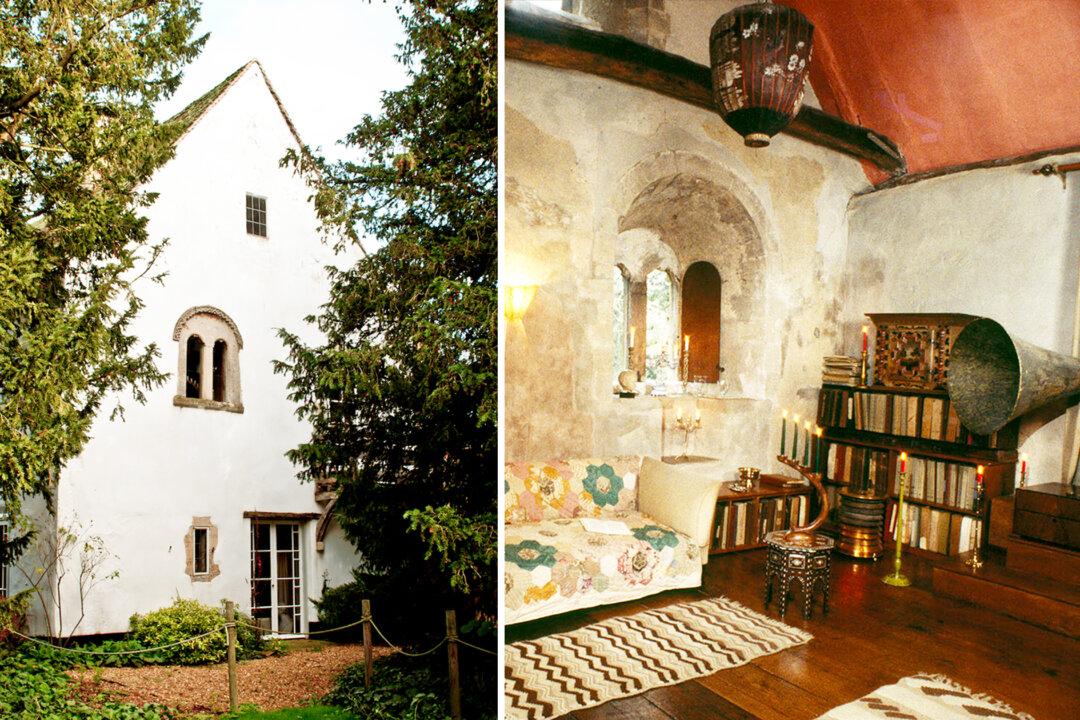The owner and resident of one of the two oldest, continually inhabited houses in Britain tells the story of her mother-in-law’s epic restoration of the 900-year-old home to its original Norman state. The home is now a beautiful, tangible record of times past, and a tourist attraction in eastern England.
Diana Boston’s mother-in-law, Lucy Boston, bought Green Knowe Manor in Hemingford, Cambridgeshire, on May 31, 1939. Hoping the unique house would be her final home, Lucy embarked upon the major project of restoring the structure to its original Norman-era glory.





